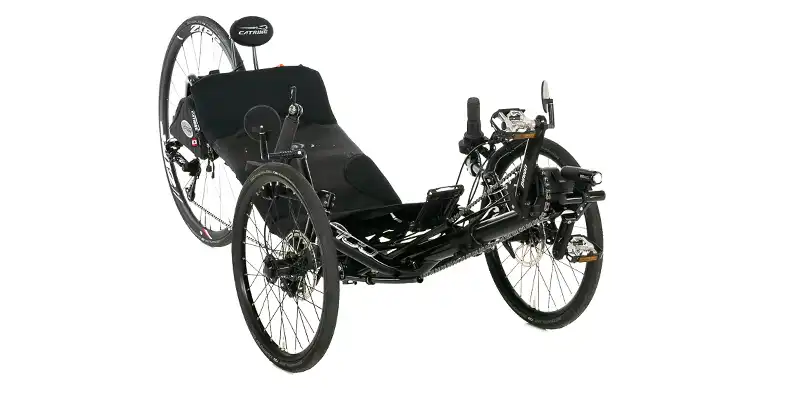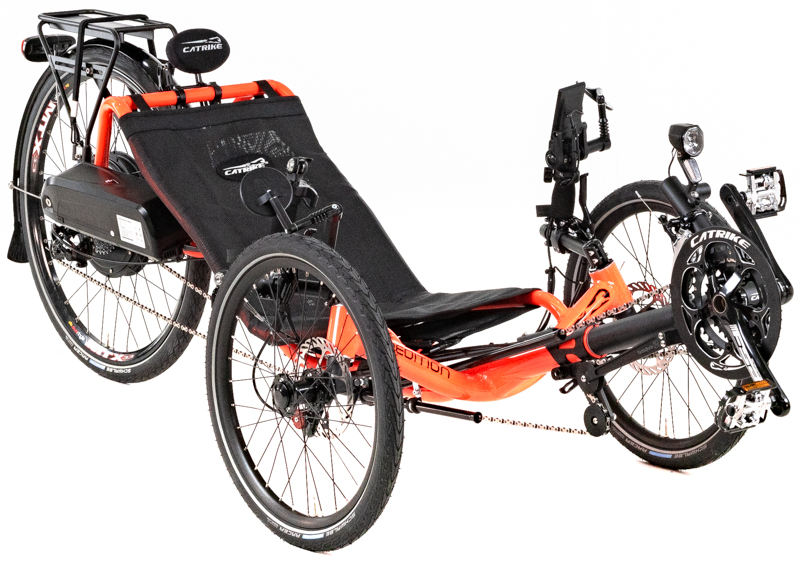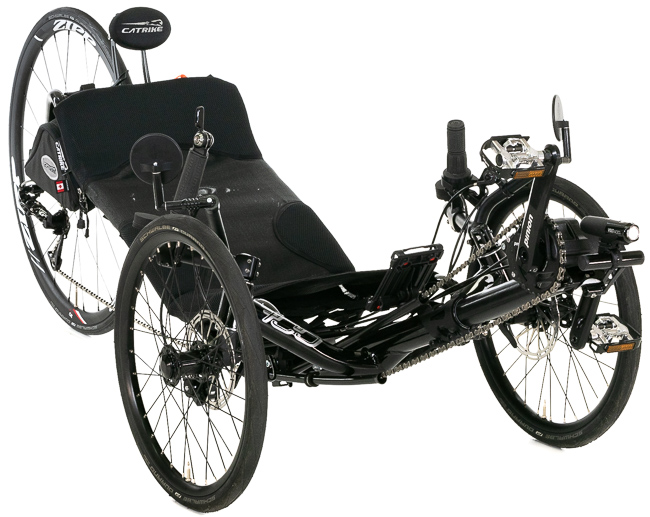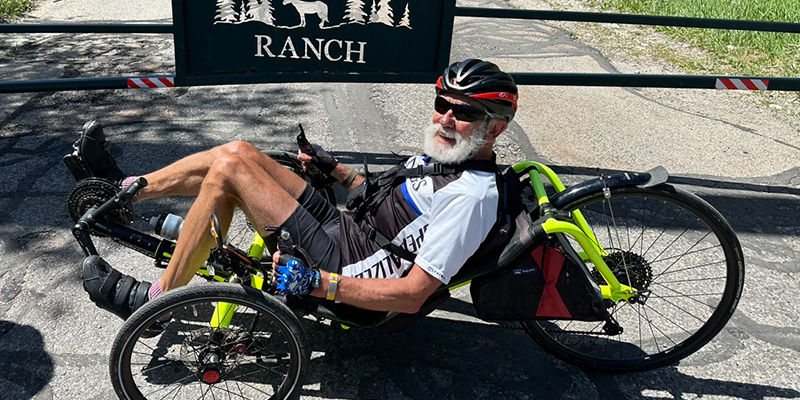

Using a Trike for Daily Commutes: Tips and Tricks
Published on 11/07/2024
Daily trike commuting is becoming a favorite alternative to traditional cycling or driving, combining exercise, environmental benefits, and a unique riding experience. Trikes offer excellent stability, comfort, and visibility in traffic, making them an appealing choice for getting to work or running errands. Here’s how to make the most of trike commuting with tips on preparation, gear, and route planning for an efficient and enjoyable ride.
1. Choose the Right Type of Trike for Your Commute
Recumbent vs. Upright: Recumbent trikes offer excellent back support and a reclined seating position, which many commuters find more comfortable, especially for longer rides. Upright trikes are higher up, often with a more compact frame, making them easier to park and maneuver in tighter spaces.
Consider an Electric Assist Option: If you’re commuting over long distances or hilly terrain, an electric-assist trike (e-trike) can be a game-changer, providing extra boost without compromising on the experience of an outdoor ride.
2. Plan Your Route for Smooth, Safe Riding

Prioritize Bike-Friendly Paths: Whenever possible, choose bike lanes or bike paths that keep you away from busy car traffic. Many cities offer maps of designated bike routes, which can simplify planning.
Scout for Flat or Low-Traffic Routes: Because trikes can be slower than cars or bikes on uphill climbs, a flatter route will help maintain efficiency and comfort. If there are unavoidable hills, plan for slower climbs or look for detours to make your ride easier.
3. Dress for Comfort and Visibility
Layer Up for Temperature Changes: Commuting in all seasons can expose you to changing temperatures. Light, breathable layers are ideal for warm weather, while moisture-wicking base layers with a waterproof jacket help keep you warm and dry in colder months.
Stay Visible: Reflective clothing or accessories are essential, especially in low-light conditions. Attach front and rear lights to your trike, and consider reflective decals or strips on your frame to increase visibility.
4. Equip Your Trike for Carrying Cargo
Add Panniers or Cargo Bags: A good set of panniers or a cargo bag helps you carry essentials without a bulky backpack. Many trikes come with frame attachments for easy mounting.
Consider a Rear Basket or Trailer: For heavier loads or shopping trips, a rear basket or small cargo trailer offers more carrying capacity. These accessories let you comfortably bring along everything from groceries to office essentials without compromising balance or stability.

5. Maintain Your Trike for Reliable Daily Use
Regular Tire Pressure Checks: Proper tire inflation not only makes for a smoother, faster ride but also prevents flats. Check your tire pressure weekly to avoid any surprises on your commute.
Lubricate the Chain and Moving Parts: A clean, lubricated chain makes your ride more efficient and helps prevent rust or wear, especially if you’re riding in rainy or damp conditions.
Check Brakes Frequently: Since commuting means regular stops and starts, ensure your brakes are responsive and in good condition. Worn brake pads or loose cables can reduce stopping power, which is crucial for safe commuting.
6. Make Safety a Priority
Use Mirrors for Better Visibility: Many trikes come with side mirrors, and if yours doesn’t, it’s worth adding one to improve awareness in traffic. A mirror gives you a better view of cars, cyclists, and other potential obstacles without needing to turn your head.
Ride Defensively: Keep a safe distance from other vehicles, signal clearly, and make eye contact with drivers whenever possible. Anticipating the actions of others can help prevent accidents and make your commute more predictable.
Stay Visible at All Times: In addition to lights and reflective clothing, consider using a flag to increase visibility. This is especially useful for recumbent trikes, which sit lower to the ground and may be harder for drivers to see.
7. Prepare for All Weather Conditions
Invest in Fenders: Fenders are especially helpful in wet conditions, preventing water and mud from splashing up. They’ll keep you cleaner and make rainy commutes much more enjoyable.
Pack Rain Gear: A lightweight rain jacket and waterproof pants can be stored in your trike’s cargo area in case of unexpected weather changes. Full coverage keeps you comfortable and dry on the ride.
Protect Your Electronics: If you’re carrying electronics or other sensitive items, make sure they’re stored in waterproof bags. Some panniers come with waterproof linings, or you can use waterproof covers for added protection.
8. Keep Your Ride Secure
Use a Strong Lock: Trikes can be a bigger investment than bikes, so it’s worth investing in a quality U-lock or chain lock. Secure both the frame and one wheel to an immovable object whenever you park.
Consider a GPS Tracker: Some trike riders opt for a GPS tracker to monitor their trike’s location. This can be helpful if you commute frequently and want extra peace of mind.
Find Safe Parking Locations: Ideally, park in designated bike racks or well-lit areas. Many cities are bike-friendly and offer secure parking options for commuters.
9. Enjoy the Commute Experience

Take Time to Enjoy the Ride: One of the best things about commuting by trike is the relaxed pace and chance to take in your surroundings. Whether it’s a sunrise, cityscape, or local park, enjoy the unique view your trike offers.
Build a Routine You Love: Find what works for you—whether it’s a morning podcast, a scenic detour, or a coffee stop along the way. Making your commute enjoyable helps you stick with it and adds a little joy to your daily routine.
Connect with Fellow Commuters: Joining a local trike or cycling community can help you discover new routes, gain safety tips, and share stories with fellow riders. It’s also a great way to stay motivated and learn from others.




